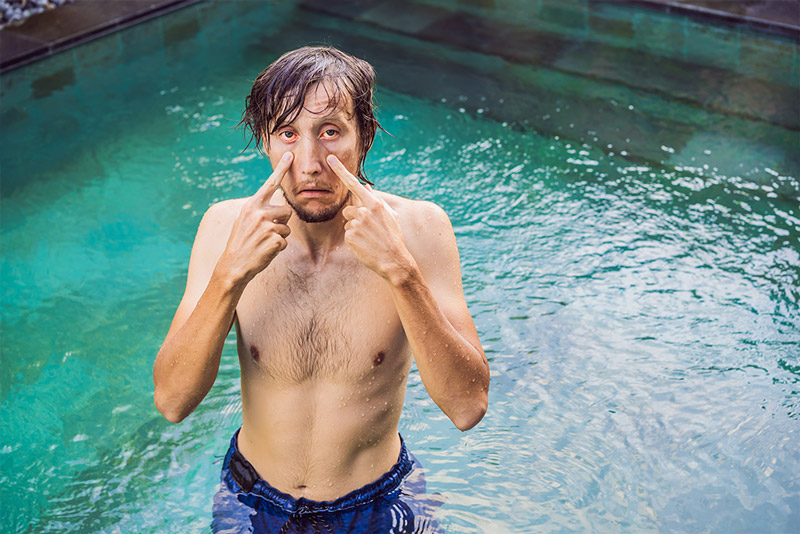
While it’s obvious that a good swimmer should be able to open their eyes underwater, it’s equally evident that contact between the eyes and water—whether in a natural body of water or a pool—is not neutral for eye health. Due to the chemical composition and various impurities in the water, this can result in irritation and temporary redness in the best-case scenario, or even infection in more severe cases. So how can you protect your eyes when using public pools?




